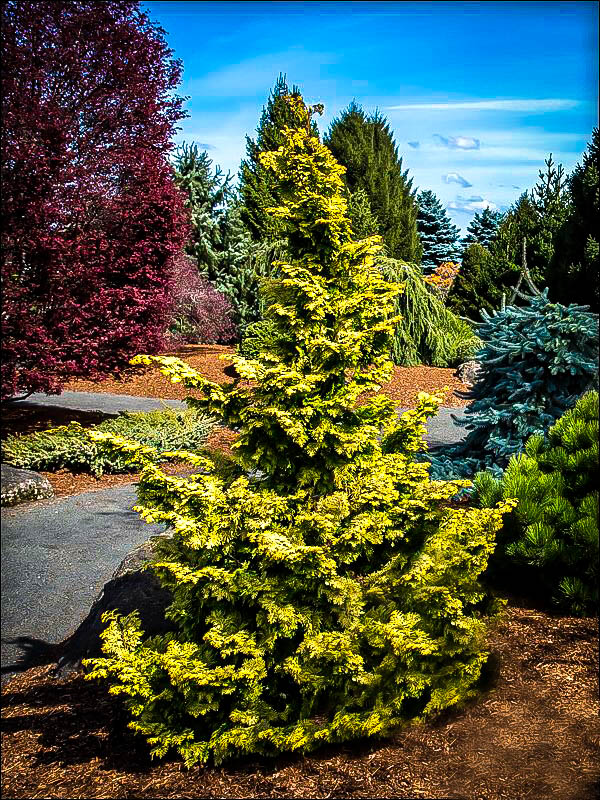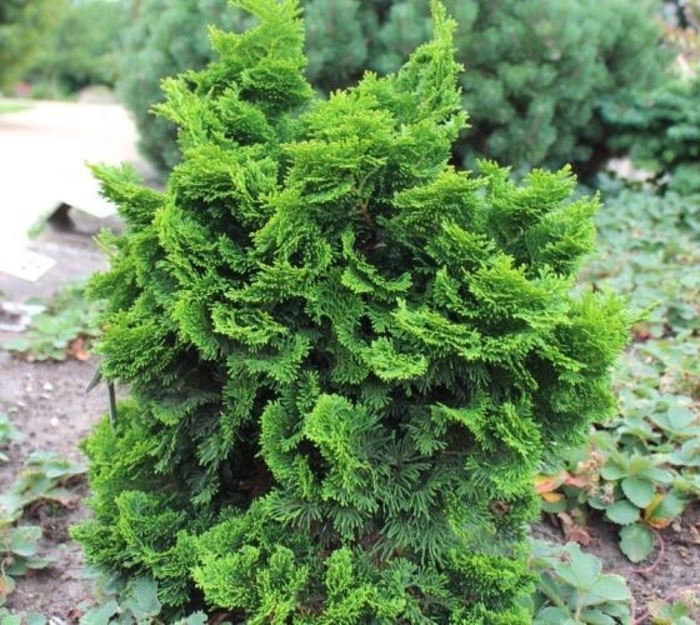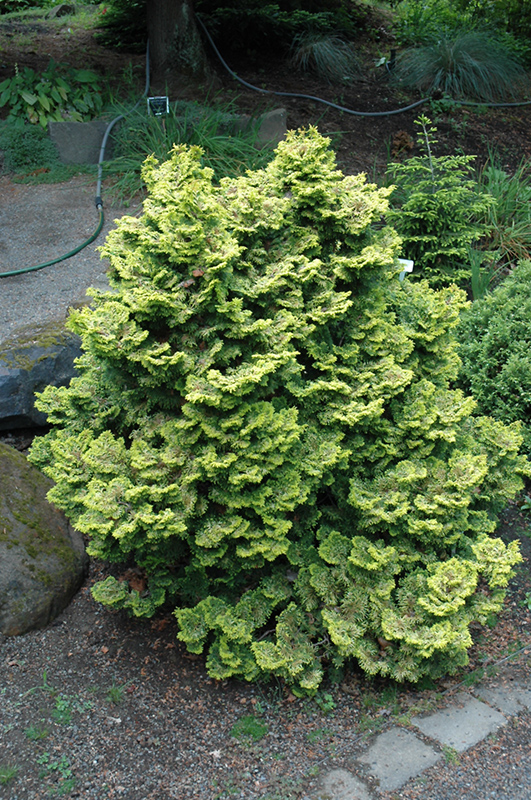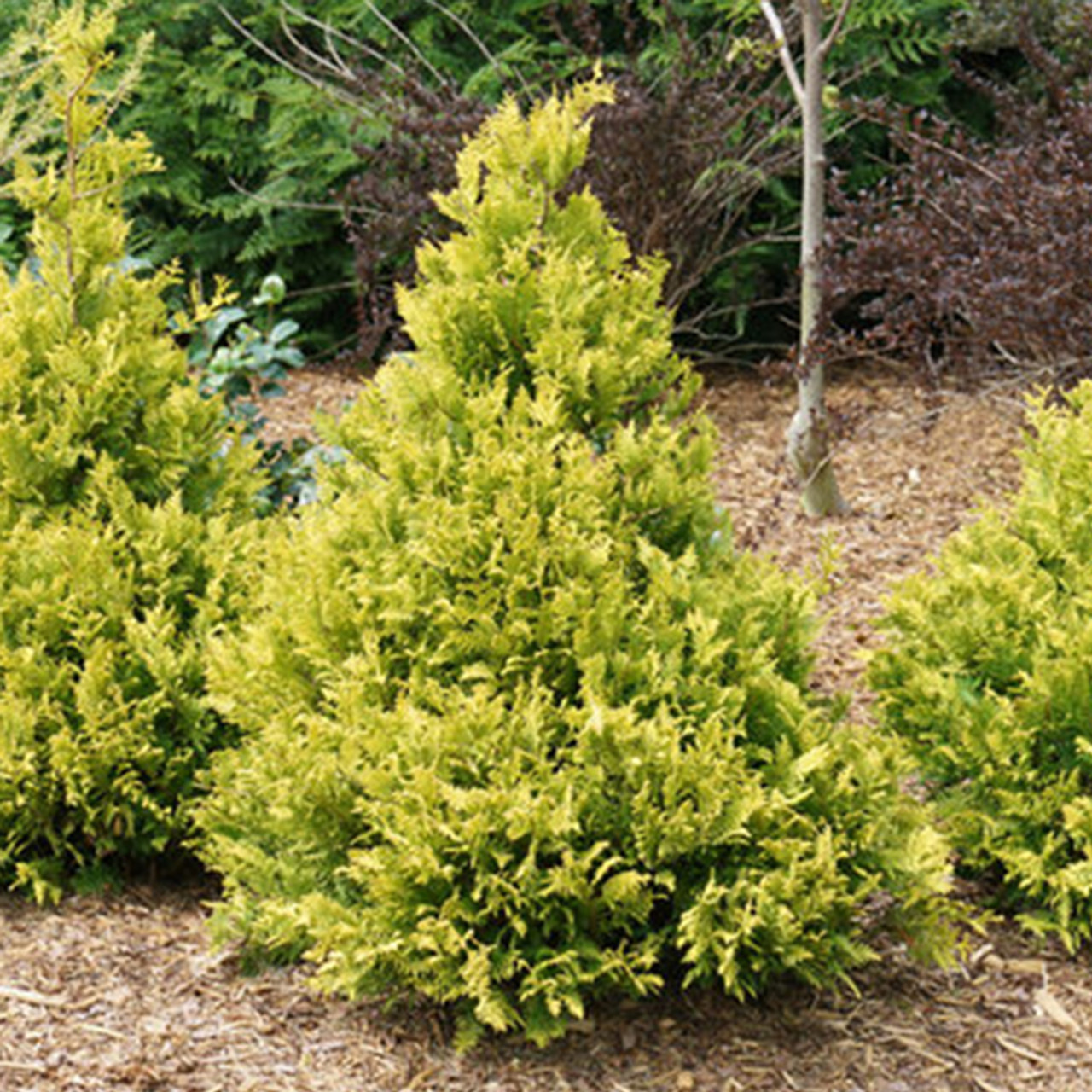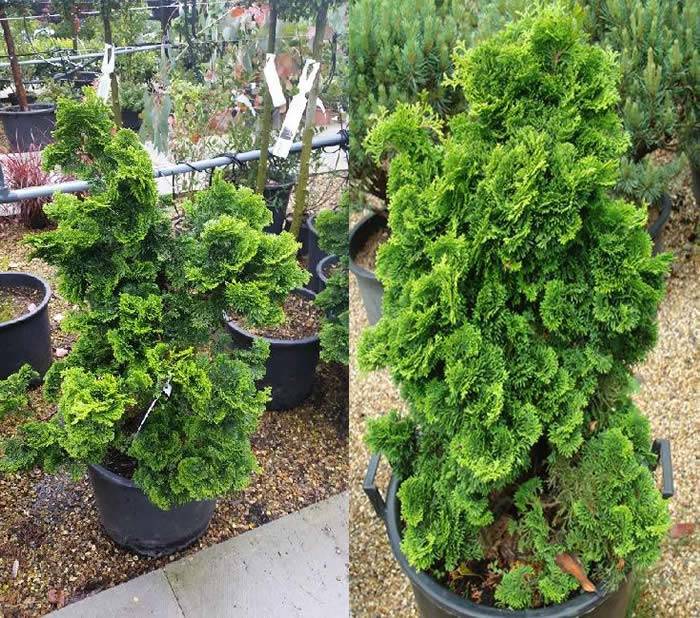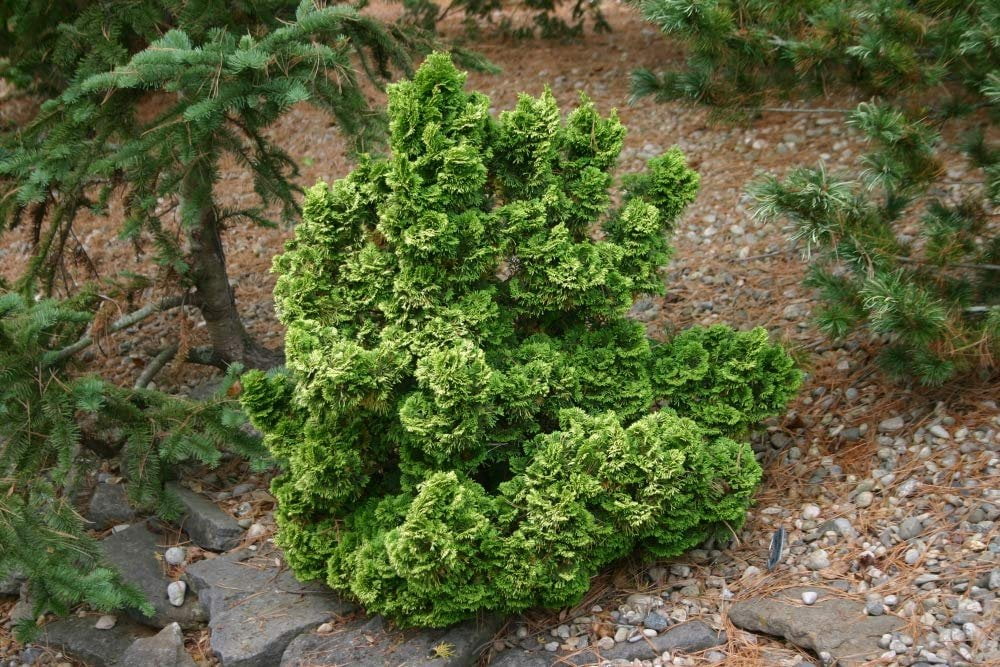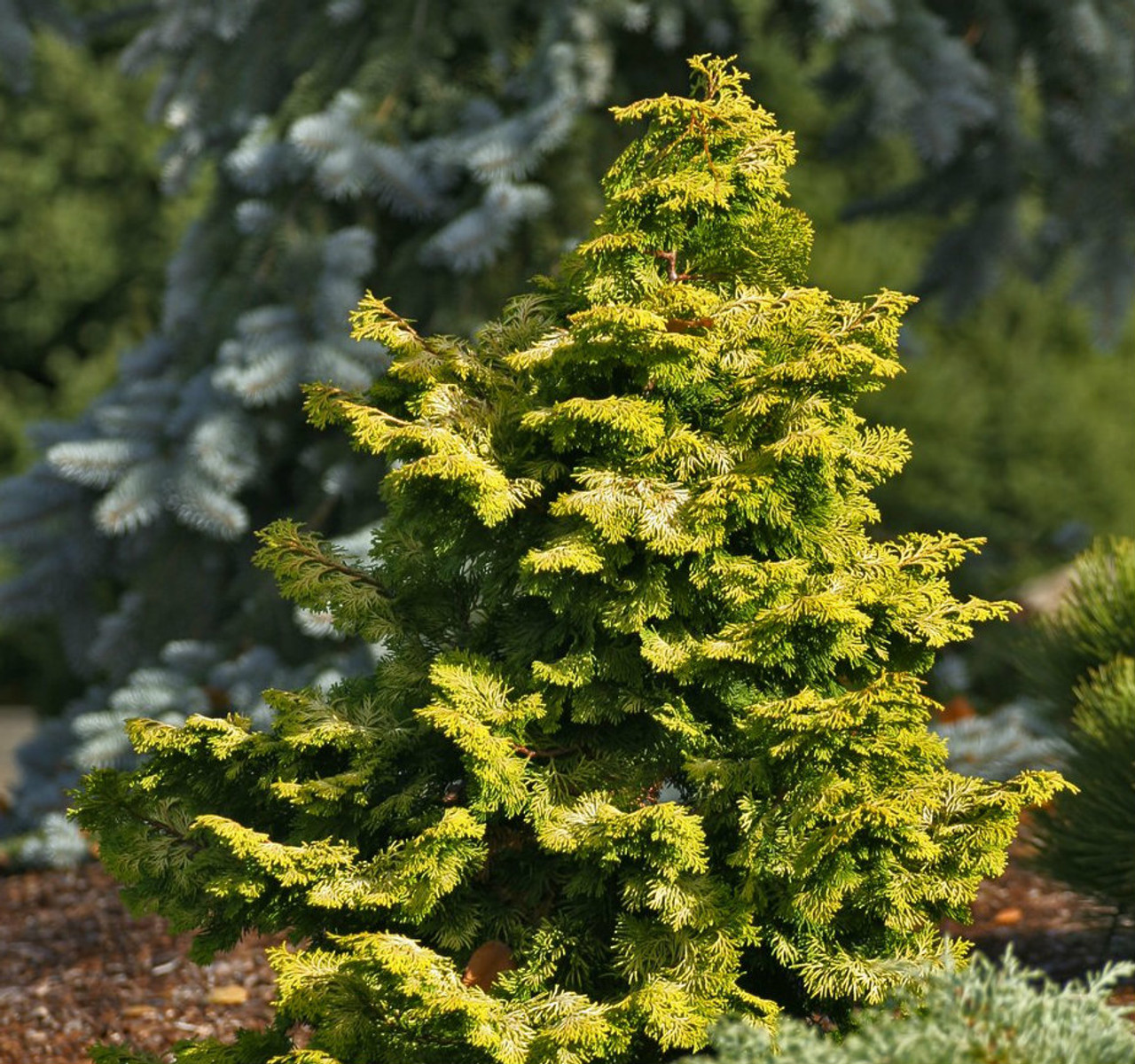Ace Tips About Dwarf False Cypress Varieties

However, like other evergreens, such as cedars, there are many variations on the theme.
Dwarf false cypress varieties. How big does a dwarf hinoki cypress grow? Two popular dwarf cypress tree varieties are the dwarf hinoki cypress (chamaecyparis obtusa) and the japanese false cypress (chamaecyparis pisifera). Types of threadleaf false cypress 'golden mop' is a compact variety, two to three feet tall.
Both have beautiful golden foliage. The narrow, slightly drooping foliage also adds a soft texture to the landscape. However, the silvery foliage and limited growth make it a good landscaping choice.
This group has numerous cultivars spanning many different species that offer an. Hinoki cypress is best used as a specimen in a meadow or recreational play area. The dwarf hinoki false cypress grows in usda zones 5 through 8 while the slightly more cold tolerant japanese false cypress, also known as the sawara cypress, is found in usda.
Growing hinoki cypress can be a great way to add beauty and interest to your garden or backyard. Native the false cypress can become a large evergreen tree in the landscape. There are many slow growing, shrub versions of false cypress and some dwarf tree types.
The rate of growth of a dwarf hinoki cypress partly depends on the cultivar you choose to grow as well as your microclimate. The genus name derives from the greek words chamai, for dwarf or low to the ground, and kyparissos, for cypress. The genus name derives from the greek words chamai, for dwarf or low to.
They are referred to as false cypress trees or false cedars. Some are short and perfect for smaller garden spaces and pots, planters and other containers, while other taller varieties are ideal for use as accents or corner plants in home. Here are some examples of ornamental dwarf cypress shrubs and trees to plant in your garden:
In this article. With a medium growth rate, these false cypress cultivars usually stay dwarf at about 5 feet (1.5 m.) tall or less. These varieties are generally chosen from sports (side shoots with characteristics different from the main plant) appearing on the following species:
Chamaecyparis (false cypress) the genus chamaecyparis, referred to as a false cypress, is native to japan, taiwan, and north america. Chamaecyparis pisifera ‘true blue’ if you are looking for a conifer tree variety with attractive foliage chamaecyparis pisifera and its many cultivars must be high on the list. This golden variety of dwarf hinoki cypress is most likely ‘nana aurea’ or ‘nana lutea’.
This attractive evergreen shrub has a rounded form that matures into a dwarf pyramidal shape. Excellent for rock gardens or mixed borders. Use a dwarf variety in a foundation planting in combination with other dwarf conifers and deciduous or evergreen flowering shrubs for continuous color throughout the year.
Miniature moss false cypress (chamaecyparis pisifera ‘squarrosa minima’) the miniature moss false cypress is more of a dwarf shrub than a true tree. Most false cypress trees have a tall, conical shape. This tree is rarely used in landscapes due to its mature size of 50 to 75 feet tall by 10 to 25 feet wide.



